Any train passengers traveling through Scotland from Johnstone to the coast or drivers on the A737 passing by the Howwood/Lochwinnoch area can’t fail to notice the stark, roofless ruin crowning Kenmure Hill.
Little is known about “The Temple.” Local folklore states that the octagonal structure was a place of worship for the landowner’s servants or his foreign wife. Other tales claim it was a nursery for a sick child, or a watchtower for ladies to attend to their embroidery while the men hunted below on horseback.
Records show the building was constructed around 1760 for Colonel William McDowell, a wealthy merchant who made his money in the West Indies. Originally, there were avenues of trees on the hill, which was a common feature for summer houses of that era. The inspiration for this may have come from James Gibbs’s 1728 A Book of Architecture, Containing Designs of Buildings and Ornaments, a kind of scrapbook for building ideas.
The very fact so much mystery surrounds the reason it was built also alludes to the idea it may actually have been a Masonic temple. Freemasonry was practiced widely around here, and still is to this day.
In 1830, a lightning strike and subsequent fire damaged the roof. The building is in remarkably good condition despite this, and is a testament to the quality of its construction.
Know Before You Go
Visiting the temple requires a degree of fitness. An access gate is available on the cycle track at the north side of the monument. Alternatively, take the A737 and leave at Howwood. Follow Station Road and use one of several minor roads to get to the field where the ruin is. There is no path so sturdy footwear is required. It is also quite a steep incline to the monument and visitors need to be mindful of any potential livestock. For this reason dogs must be kept on a leash.

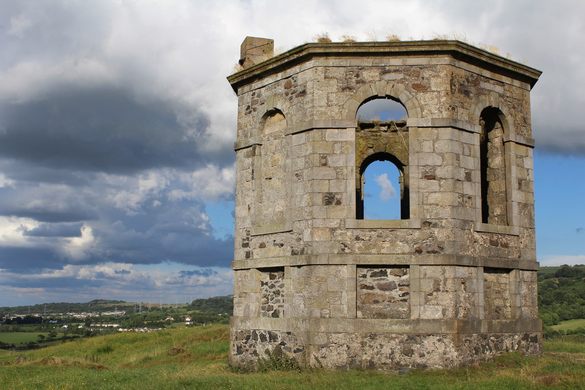


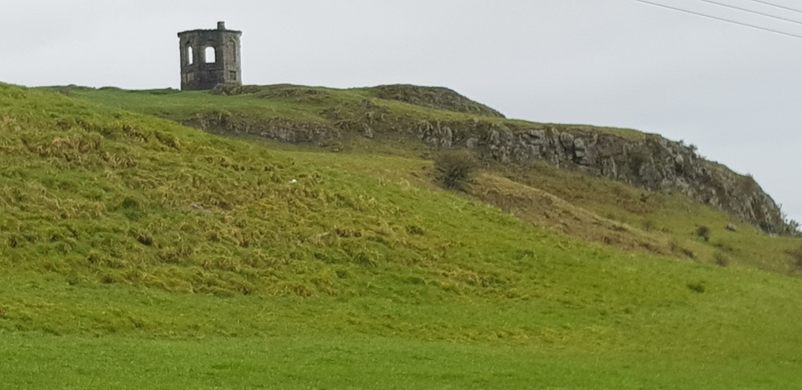

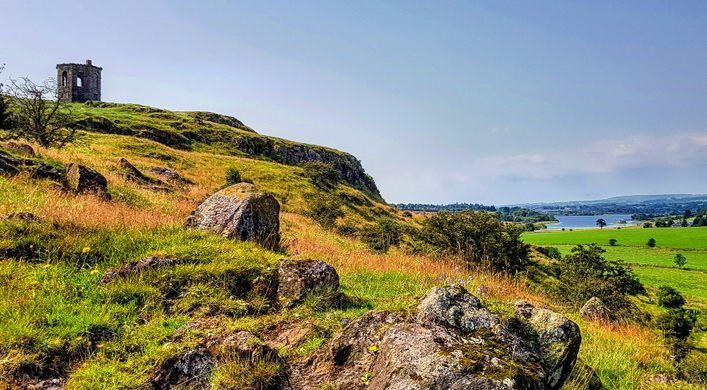
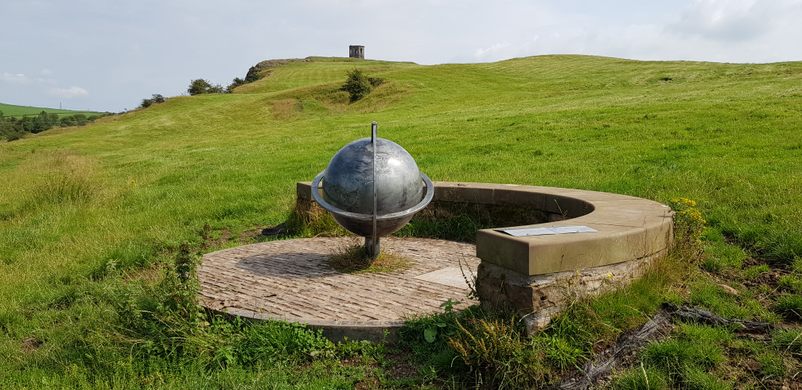
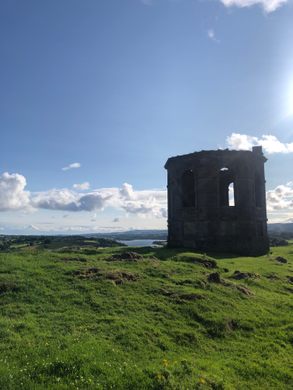
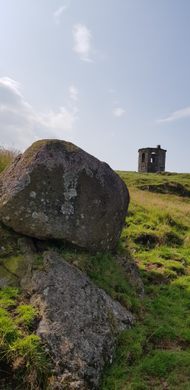






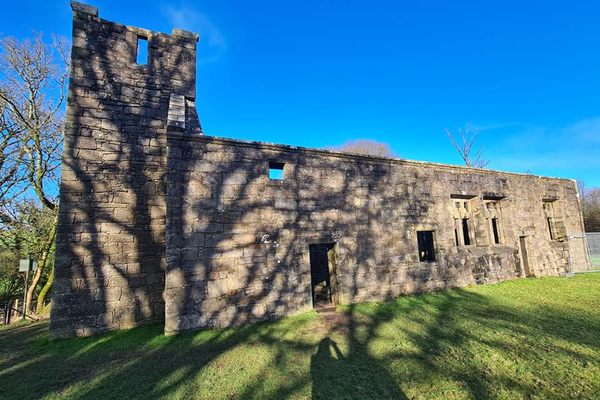
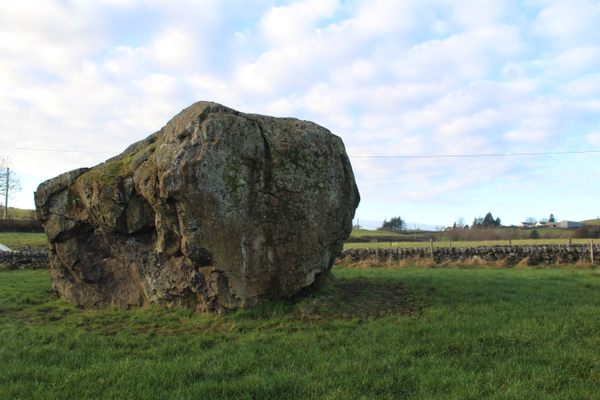
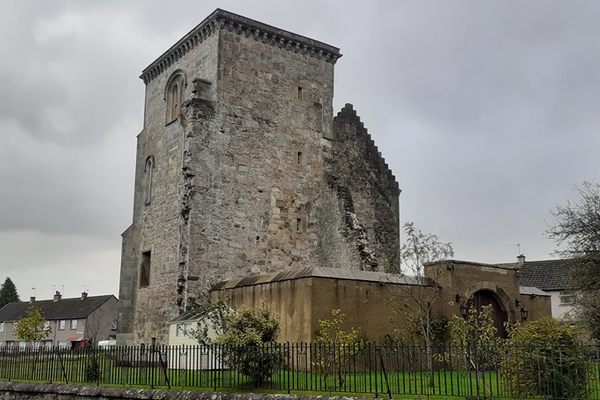

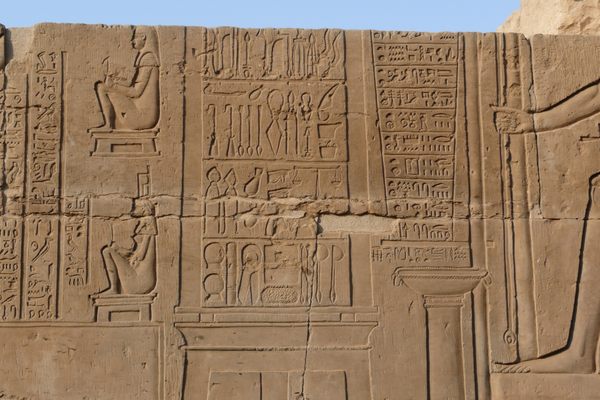




Follow us on Twitter to get the latest on the world's hidden wonders.
Like us on Facebook to get the latest on the world's hidden wonders.
Follow us on Twitter Like us on Facebook